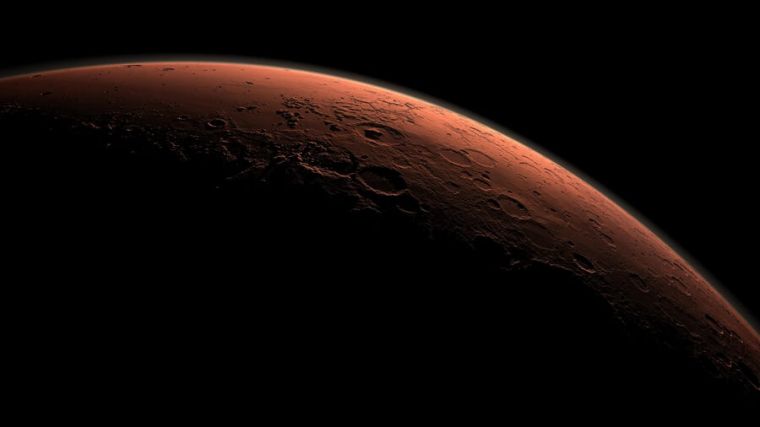Atomic oxygen detected on Mars can provide clues on planet's atmosphere

After four decades of searching, the National Aeronautics and Space Administration (NASA) has detected oxygen in the atmosphere of Mars.
Don't get too excited yet, though. This oxygen found in the Martian atmosphere is way different from the gas that supports life here on Earth.
What was discovered by the space agency is atomic oxygen, which does not exist on Earth very long because it is very reactive due to its single atom. The air we breathe here on Earth has two atoms.
The NASA discovered the atomic oxygen particularly in the upper layers of Mars' atmosphere called the mesosphere. The space agency's researchers published their study in the journal "Astronomy and Astrophysics."
The space agency relied on an instrument on board the Stratospheric Observatory for Infrared Astronomy, or SOFIA, to make this discovery about the Martian atmosphere.
SOFIA is a modified Boeing 747SP jet loaded with a powerful telescope for research purposes. For this study, the SOFIA flew between 37,000-45,000 feet, above most of the infrared-blocking moisture in Earth's atmosphere.
Pamela Marcum, SOFIA project scientist, explained the difficulty the team experienced before finding atomic oxygen on Mars.
"Atomic oxygen in the Martian atmosphere is notoriously difficult to measure... To observe the far-infrared wavelengths needed to detect atomic oxygen, researchers must be above the majority of Earth's atmosphere and use highly sensitive instruments, in this case a spectrometer. SOFIA provides both capabilities," Marcum said in a statement on the NASA website.
In fact, she said there have been attempts during the Viking and Mariner missions of the 1970s to find and measure atomic oxygen in the Martian atmosphere, but these did not bear any fruit.
How significant is this new discovery? It will help space scientists further explore the past and present composition of the Martian atmosphere.
It will also give astronomers a clue on how and why the protective gases—even those that can support life—in the Martian atmosphere eroded over the last few billion years.











